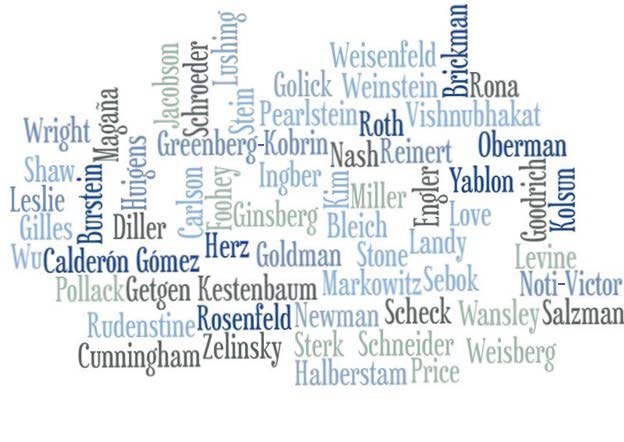Casting Spectres
Publication Date
6-23-2022
Journal
Law and Humanities
Abstract
Megalithic monuments to colonial rule, the High Courts of Bombay, Calcutta and Madras tower over their respective cityscapes. What do such anachronic and anachronistic architectural presences mean for the populace? How do these looming stones inform the indigenous practice of contemporary law? What sensibility of jurist and the juridical do these lapidary structures inculcate, impose or instil? For Khorakiwala, their khora, tone or reverberations imbued her life as a student, and formed her sense of legal identity and identification, even generating a sense of pride and belonging. When she returns to study these reliquary juggernauts, these chattering anglophonic stones, these vestigial turrets and towers of imperial presence that continue in umbrageous inhabitation of independent India, she confronts resistance and exclusion while also, through meticulously detailed observation, learns to see the markings of local contestation that challenge the immediate sense of external imposition. The buildings are haunted by other spectres and even in their spatial organization and plastic expressions also relay the figures and mythemes of a resurgent sense Indian lore and law.
Volume
16
First Page
311
Publisher
Sage
DOI
https://doi.org/10.1080/17521483.2022.2080937
Keywords
architecture, anthropology, lawscapes, legal education, images and sensibilities
Disciplines
Courts | Law | Legal Education | Legal Remedies
Recommended Citation
Peter Goodrich,
Casting Spectres,
16
Law and Humanities
311
(2022).
https://doi.org/10.1080/17521483.2022.2080937



Comments
Symposia: Haunted Courts